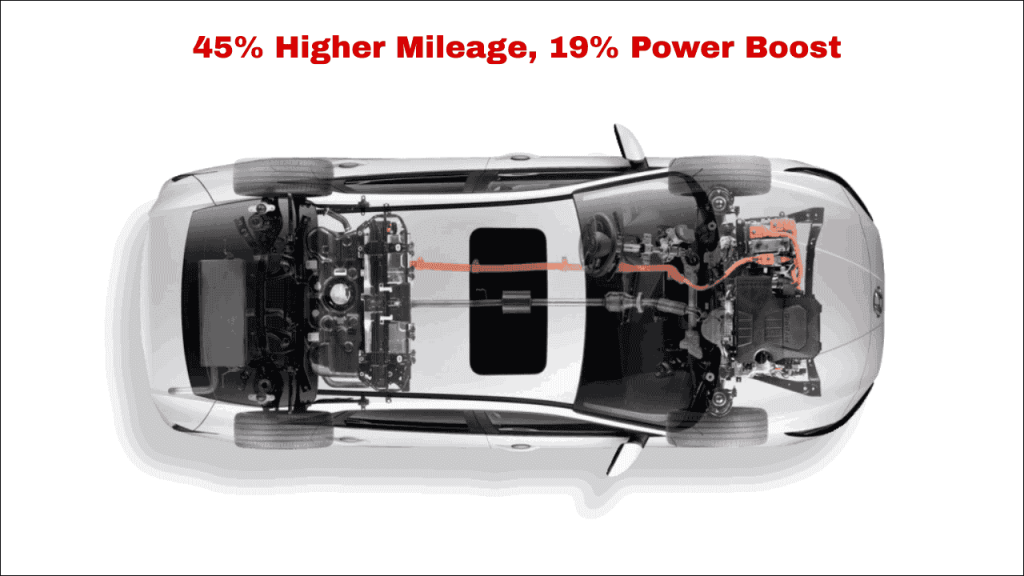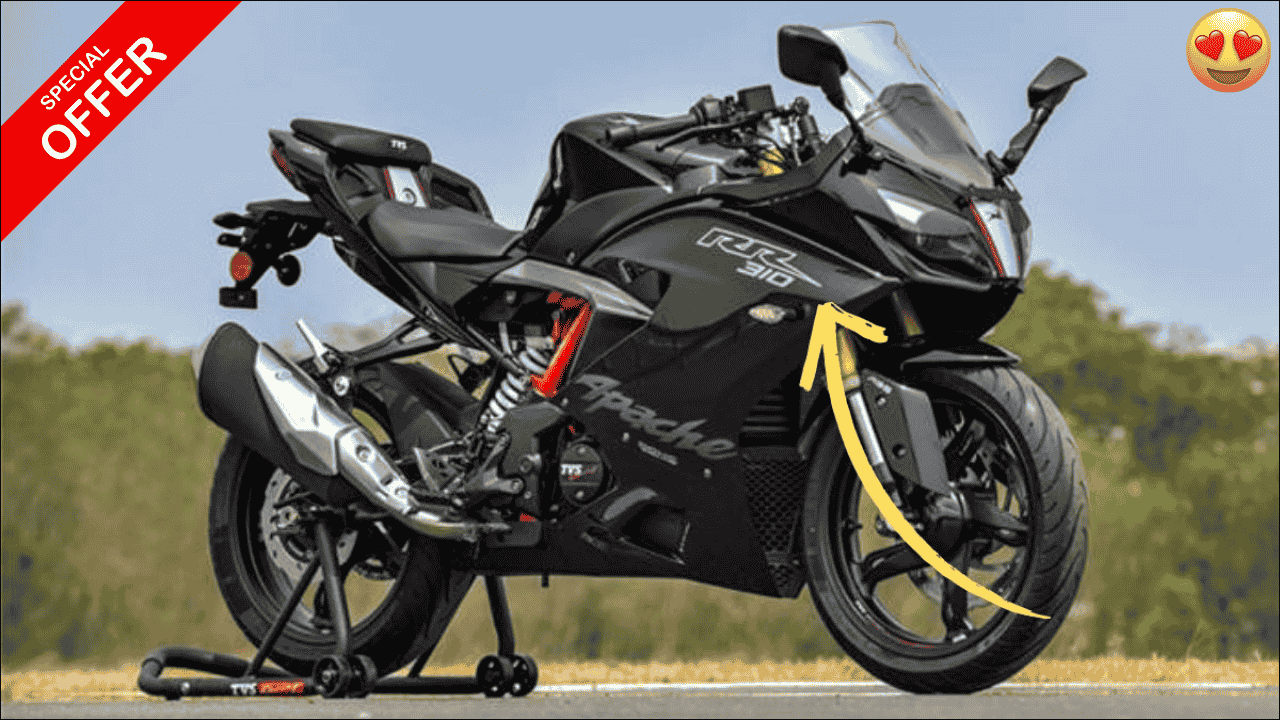
Hyundai has launched its cutting-edge hybrid powertrain system, marking a major advancement in the company’s pursuit of sustainable mobility solutions. This next-generation technology promises remarkable gains in both fuel economy and power delivery, establishing Hyundai as an innovation leader in the growing hybrid vehicle market. The sophisticated system demonstrates how the automaker balances environmental responsibility with the performance characteristics consumers demand from contemporary vehicles.
Table of Contents
Innovative Dual-Electric Motor System
The cornerstone of Hyundai’s advanced hybrid technology is its pioneering dual-motor configuration that transforms conventional hybrid powertrain operation. The architecture incorporates two dedicated electric motors—labeled P1 and P2—each engineered for specific roles that collaborate to maximize vehicle efficiency and performance.
The P1 electric motor performs several essential functions:
- Producing electricity to replenish the battery pack
- Activating the combustion engine with minimal energy loss
- Delivering additional power during acceleration phases
Concurrently, the P2 electric motor serves as the principal propulsion unit:
- Providing direct motive power to the wheels
- Capturing kinetic energy during deceleration through regenerative braking
- Enabling electric-only driving capability
This sophisticated dual-motor integration offers considerable advantages over single-motor hybrid designs, including enhanced power transition, improved acceleration response, and superior efficiency across various driving scenarios.
Hyundai Next-Generation Hybrid Technology: Specifications and Advantages
| Component | Technical Details | Consumer Benefits |
|---|---|---|
| Base Engine Platform | 2.5L turbocharged gasoline with hybrid technology | Foundation for performance-oriented hybrid system |
| Maximum Combined Output | 334 PS (328 horsepower) | 19% power increase versus conventional 2.5L turbo |
| Maximum Torque | 460 Nm | 9% torque enhancement for responsive acceleration |
| Fuel Consumption Rate | 14.1 km/l (with 2.5L configuration) | 45% efficiency improvement compared to non-hybrid variant |
| Electric Propulsion System | Dual motor architecture (P1 + P2) | Task-specific motors optimize overall system efficiency |
| Engine Operation Cycle | Advanced over-expansion design | Improved thermal efficiency and reduced fuel usage |
| Compatibility | Works with current Hyundai combustion engines | Efficient implementation throughout product range |
| Performance Scalability | From approximately 100 PS to 350 PS | Adaptable across vehicle categories from compacts to large SUVs |
| Complementary Features | V2L capability, Stay Mode, Advanced Regenerative Braking | Enhanced functionality and user convenience |
| Driving Dynamics Technology | e-AWD system, e-VMC 2.0 | Superior handling characteristics, stability and ride comfort |
| Compact Engine Alternative | 1.6L turbocharged gasoline hybrid | 4% efficiency improvement, torque increase to 380 Nm |
Thermodynamic Innovation: The Over-Expansion Engine Cycle
Hyundai’s engineering team has implemented advanced thermodynamic concepts to maximize the hybrid system’s efficiency. Unlike standard internal combustion engines that follow the traditional four-stroke operation (intake, compression, power, exhaust), Hyundai’s system employs a sophisticated “over-expansion cycle” that fundamentally reimagines how energy is harnessed from fuel.
In this innovative approach, the intake valve closes later during the compression phase, effectively lowering the compression ratio of the fuel-air mixture in the cylinder. The system simultaneously maintains a high expansion ratio during the power phase when combustion occurs. This asymmetrical compression-expansion relationship—technically similar to the Atkinson-Miller cycle principles—enables the engine to extract significantly more energy from each combustion event while consuming less fuel.
The efficiency gains are further enhanced through refined piston geometry, improving combustion chamber dynamics and airflow patterns. The P1 motor’s seamless integration enables precise management of engine activation functions, virtually eliminating the efficiency losses commonly associated with start-stop operations in conventional hybrid systems.
Performance Data and Real-World Implementation
Hyundai has initially deployed this hybrid technology in the new Palisade model, where it demonstrates significant performance enhancements. When equipped with the 2.5-liter turbocharged hybrid configuration, the Palisade generates a combined 334 PS (328 horsepower) and 460 Nm of torque—approximately 19% more power and 9% more torque than the standard 2.5-liter turbocharged engine.
Even more impressive is the efficiency improvement, with the hybrid Palisade achieving 14.1 kilometers per liter—representing a remarkable 45% increase compared to the conventional powertrain. This substantial efficiency gain comes without compromising performance characteristics, with the hybrid system actually enhancing acceleration response and driving dynamics.
For smaller vehicle applications, Hyundai has developed a 1.6-liter turbocharged hybrid powertrain offering proportional benefits. When implemented in mid-sized SUVs, this compact hybrid system improves fuel efficiency by 4% while increasing torque from 367 Nm to 380 Nm, enhancing both economic operation and driving experience.
Advanced Vehicle Integration Technologies
Beyond the core hybrid powertrain, Hyundai is introducing complementary technologies that further enhance vehicle capabilities:
Electronic All-Wheel Drive (e-AWD)
The hybrid system can be paired with an advanced e-AWD configuration featuring a rear-axle P4 electric motor. This arrangement enables precise torque distribution and improved traction without the mechanical complexity associated with conventional all-wheel-drive systems.
Enhanced Vehicle Motion Control (e-VMC 2.0)
This sophisticated electronic management system optimizes ride quality and handling stability by precisely controlling torque distribution between electric motors. The e-VMC 2.0 platform incorporates several specialized subsystems:
- e-Handling 2.0: Minimizes body roll during cornering for improved stability
- e-EHA 2.0 (Electrification-Evasive Handling Assist): Enhances collision avoidance capability through precise motor control
- e-Ride 2.0: Reduces vertical movement for superior ride comfort across various surfaces
Seamless Feature Integration
The new hybrid platform maintains compatibility with Hyundai’s existing convenience technologies:
- Vehicle-to-Load (V2L) functionality for powering external devices
- Stay Mode that maintains vehicle systems while stationary
- Smart Regenerative Braking that adapts to driving conditions for optimal energy recovery
Strategic Significance for Hyundai’s Product Development
This next-generation hybrid technology represents a crucial element in Hyundai’s broader electrification strategy. By creating a versatile hybrid system compatible with existing engine platforms, Hyundai has established a cost-effective pathway to improve efficiency across its vehicle lineup while continuing development of fully electric models.
The ability to configure hybrid powertrains ranging from approximately 100 PS to 350 PS ensures Hyundai can implement this technology across nearly its entire product range, from compact urban vehicles to full-size SUVs. This flexibility enables the company to meet increasingly stringent emissions regulations while offering vehicles that satisfy diverse customer requirements and preferences.
Frequently Asked Questions
How is Hyundai’s dual-motor hybrid system different from conventional hybrid powertrains?
Hyundai’s next-generation hybrid technology utilizes two specialized electric motors (P1 and P2) with distinct roles, unlike traditional hybrids that typically employ a single motor-generator unit. The P1 motor manages battery charging, engine starting, and power assistance, while the P2 motor handles primary propulsion and regenerative braking. This functional separation allows for optimal efficiency in each operation, resulting in improved overall performance, smoother operation, and enhanced fuel economy.
What is the “over-expansion cycle” and how does it improve vehicle efficiency?
The over-expansion cycle represents an advanced thermodynamic approach where the engine’s intake valve closes later during compression, creating a lower effective compression ratio while maintaining a high expansion ratio during combustion. This engineered asymmetry allows more energy extraction from each combustion cycle while using less fuel. Combined with optimized piston design and improved cylinder dynamics, this system delivers substantially better fuel economy—up to 45% improvement in the 2.5-liter application—without compromising performance.
Will this hybrid technology be available throughout Hyundai’s vehicle lineup?
Hyundai has designed its next-generation hybrid system with exceptional scalability, offering power outputs from approximately 100 PS to 350 PS. The technology is compatible with most of Hyundai’s current internal combustion engines, including both the new 2.5-liter and 1.6-liter turbocharged gasoline engines. This versatility means the hybrid system can potentially be implemented across most of Hyundai’s product range, from subcompact cars to large SUVs, though specific model applications beyond the Palisade have not yet been announced.





